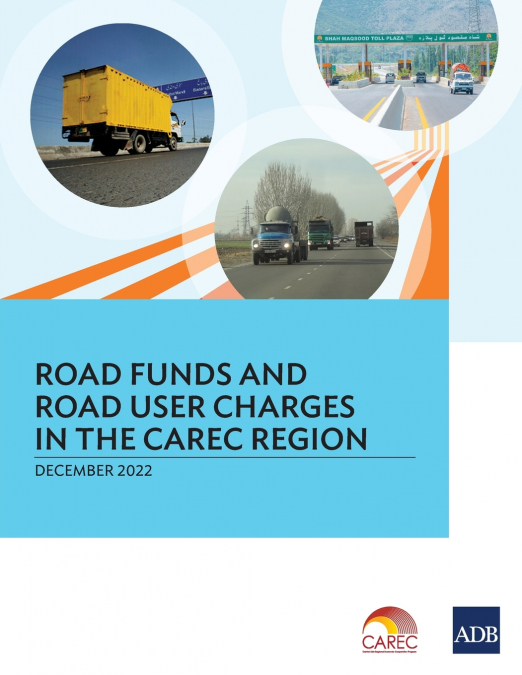
Asian Development Bank
This publication explores how roads are financed in five Central Asia Regional Economic Cooperation (CAREC) program countries and outlines lessons and best practices to help build a robust road network throughout the region. The publication details how road funds are managed in Azerbaijan, the Kyrgyz Republic, Mongolia, Pakistan, and Uzbekistan, and explains how earmarked road user charges help finance maintenance and repair. It recommends countries create road asset management systems to prioritize roads with the highest economic returns, boost data collection, and increase the efficiency and transparency of road fund financing.